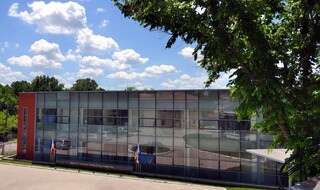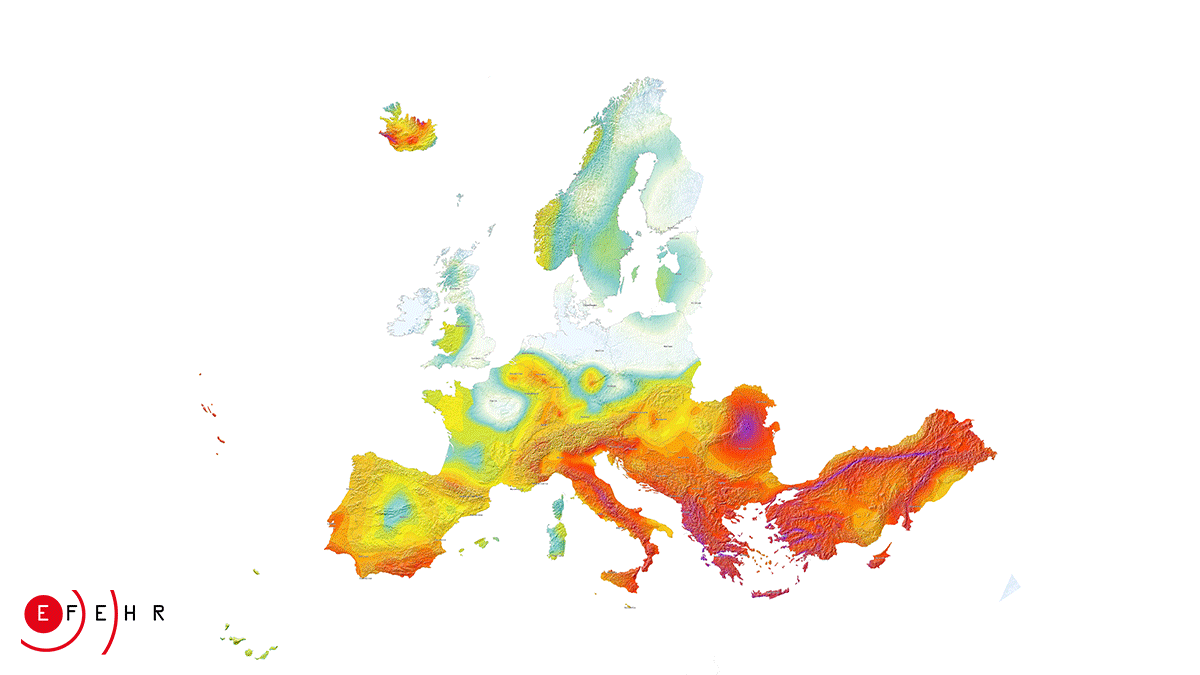November 10 is the day that marks the 79th anniversary of the most powerful earthquake of the 20th century. The earthquake in 1940 had a magnitude of 7.7 MW, intensity IX on the Mercalli scale and occurred at a depth of 150 km. With a duration of 45 seconds, the earthquake caused major damage in Bucharest, southern Modova and Multenia. It was felt from St. Petersburg and Moscow to Samara, Odessa, Istanbul, Athens and even Marseille.
This was preceded by other earthquakes with smaller magnitudes: October 3 - 5.1 Mw - depth 150km; October 21 - Mw = 5.0, depth 100km; October 22 - Mw = 6.5, depth 125 km; October 22 - Mw = 5.0, depth 130 km; November 6 - Mw = 5.0, depth 130 km; November 6 - Mw = 5.0, depth 99.9 km; November 8 - Mw = 5.9, depth 145 km. The one on October 22 caused cracks in the walls and broken windows.
The number of victims is not known exactly, because, during the war, the press information was censored. It is estimated that this would be 1000 dead and 4000 injured. Data published in 1982 indicated that the number of deaths was 593 and 1271 injured nationally, of which 140 died and 300 wounded in Bucharest.
The earthquake caused major damage, the city of Panciu was destroyed in a proportion of 90-95%, Focsani and Marasesti 70%, but also cities such as Galati, Barlad, Iasi, Braila, Buzau, Valeni, Campina were badly affected. In Bucharest, many buildings built during the interwar period were damaged. The Carlton block collapsed causing the death of about 140 people.


The Calrton block had a reinforced concrete structure, two basements, the first floor pillars were not in continuation of the ground floor ones, being withdrawn, the cinema hall, the ground floor and 12 floors and collapsed completely after the first vibrations, burying almost all the tenants.


The event that produced the parabus of the highest block in Bucharest, at that time, represented a first alarm signal regarding the safety and seismic vulnerability of the buildings, but also of the protection against the earthquake. Many buildings that were damaged in 1940 later collapsed in the earthquake of March 4, 1977.
In the 1930s there were no seismic design codes, so after the earthquake in 1940, we can say that in 1941 the first regulations for seismic design of buildings appeared.
Eyewitnesses describe: "From the first shakes the building gave the impression of sinking into the ground, then it seemed to swell to the middle and finally collapsed. Full collapse, except for a few side pillars and the bottom part of the of the cinema "("The earthquake and constructions" by Prof. Aurel Beles)
Professor Demetrascu: "The measurement was done only at the beginning of the earthquake. The intensity of the earthquake was so great that all the suspensions and the connections of the arms were broken ... The seismographs in Belgrade and Sofia were broken, and this earthquake was also felt in Italy. Towards the northeast, the earthquake from us registered up to Kharkov and Poltava about 1000 km away ..."
You can find more information about this event, as well as a series of photo-video materials at the following link https://mobee.infp.ro/despre-cutremurele-din-romania/cutremurul-din-10-noiembrie-1940.







